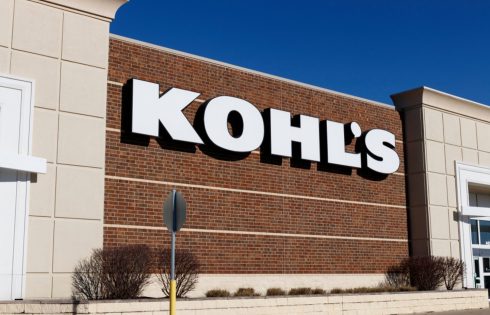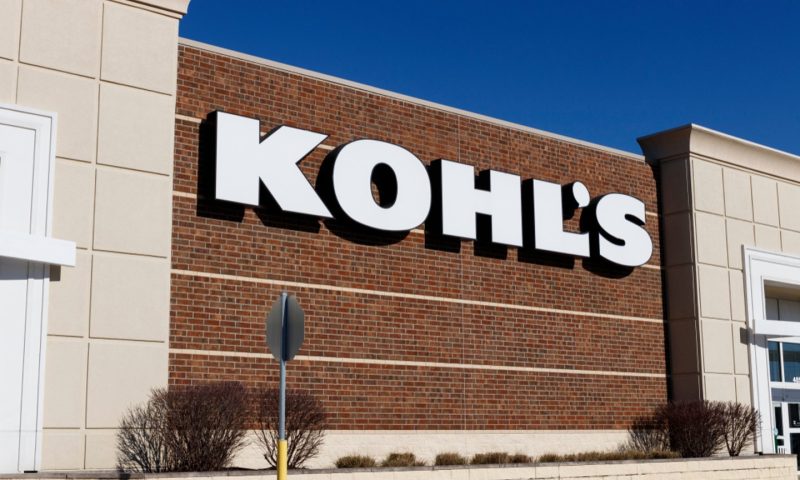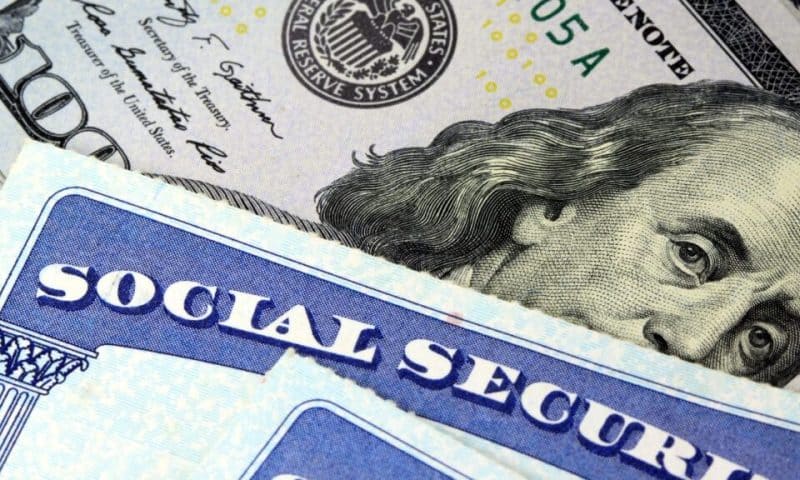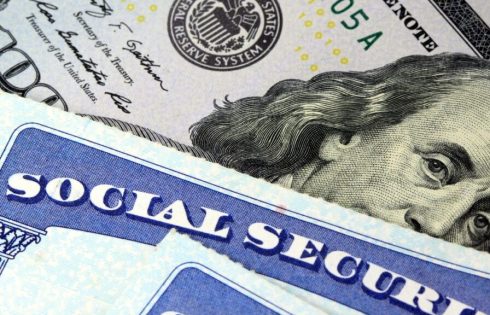
The erratic strategies adopted by US President Donald Trump are astonishing and irritating Washington’s allies, causing fear among American consumers, denting investor confidence, fomenting uncertainty and hurting the established world financial architecture.
The US administration under Trump has ratcheted up tariffs and brought about turmoil in stock markets, leading to corporate bankruptcies.
US consumers may soon grumble about prices of household goods as the domestic economy may fall prey to the looming inflation and recession fears. Separately, astute business leaders are clamouring against the unpredictable policies of Trump while officials and staff at public and private organisations face increased uncertainty and the risk of losing jobs.
According to The Economist, the S&P 500 index fell by another 4% in the week to March 12, leaving the world’s most watched stock market down by 9% since its recent peak. The Nasdaq index, dominated by tech firms, has fallen by 12%. It is not quite the bold new era of American growth promised by Trump in his election campaign. The president’s unpredictable trade policies have got things going.
On March 12, in the latest twist in Trump’s trade saga, he levied 25% tariffs on imports of aluminium and steel. After years of growth, the health of the US economy is a source of concern, too, with worries triggered by a steady drip of discouraging data.
Statistics showed that consumer prices rose more slowly in February than analysts had expected. But the relief for shoppers also hints that America’s economy is shifting into a lower gear. Such news is beginning to undermine the idea of American exceptionalism; after all, investors have seen much better returns in China and Europe this year.
CNN reported that US corporate bankruptcies totaled 129 through the first two months of 2025, the highest total for this period in a year since 2010 in the aftermath of the Great Recession, according to the S&P Global Market Intelligence.
Just 20 days ago, the US stock market was sitting at all-time highs. The American economy appeared to be growing at a solid pace. And a recession was nowhere in sight. Now, the R-word is seemingly everywhere. Recession fears are rocking the stock market. GDP forecasts are getting slashed. Trump and his economic team are facing questions about a possible recession – and failing to address mounting jitters about the economy.
When it comes to Trump’s tariffs on Canada, Canadian premier Mark Carney warned that a predatory America wants “our water, our land, our country”.
Eminent regional expert and Centre for South Asia and International Studies Islamabad Executive Director Dr Mehmoodul Hassan Khan said it seems that “Trumpcession” is gaining momentum further, consolidating speculations of an imminent recession in the US that are rattling its stock markets and the economy alike.
On top of that, Trump’s brinkmanship and stop-start approach while imposing tariffs on Mexico, Canada and China have continued to hit common consumers and markets (crude oil and gold), pushing them into turmoil.
Surprisingly, right from the beginning, Trump was putting his political whims and wishes ahead of the strength of the economy and the stock market, raising the spectre of a US recession, which had increased from 15% to 20%.
Moreover, political inclusiveness, policy confusion and mixed messaging are creating a huge budget deficit. It should be a wake-up call to the US government because the first five months of fiscal year 2025 hit a record deficit of $1.147 trillion, including $307 billion in February 2025, highlighting the threat of a government shutdown.
Trump’s promise of ushering in a new era of prosperity for the Americans is still a far cry. Economic follies have increased economic pains. If the US government remains committed to its inconsistent economic and trade policies, even in the face of much worse data, recession risk would rise further.
Businessmen and investors are worried about big cuts to the government workforce and spending. A drastic decrease in retail sales vividly reflects high inflation and low consumer confidence. Thus, a drop in the stock market could trigger a further clampdown on spending, especially among higher-income households.
Trump’s warning of a little disturbance before bringing back wealth to America is clearly demonstrating doomsday ahead of prosperity and stability, increasing chances of recession-cum-adjustments, corrections and preferences, although the risk of recession is real like wolves knocking at the door.
Statistical data of many international organisations clearly indicates the US policy tilting away from growth and snaking of its 500 biggest companies, flashing a serious risk of recession.
When it comes to discomfort being faced by Americans, Khan said, “Ironically, by attracting his voters Trump never said that there might be a recession on the road to his so-called new golden age. The Black Monday should not be dubbed as a momentary blip, but an economic blast moving away from the promised prosperity to deepening chaos and uncertainty.
“Setting off trade wars with US neighbours, indiscriminately firing thousands of government workers, pursuing a global exit policy [USAID, WHO, WTO, climate change agreement] and punishing the weaker nations are fracturing an 80-year bond of trust with allies directly hurting its economy, industries, segments of society and supply chains.”
Now, the US consumer confidence is softening, hiring is slowing and fears of a recession are growing – the last thing the economy needs is a president whipping up uncertainty.
The US economic contraction may be averted by constructive competition and cooperation with all trading partners including China instead of blindly following so-called instinct spirits achieving nothing, but massive volatility.

































